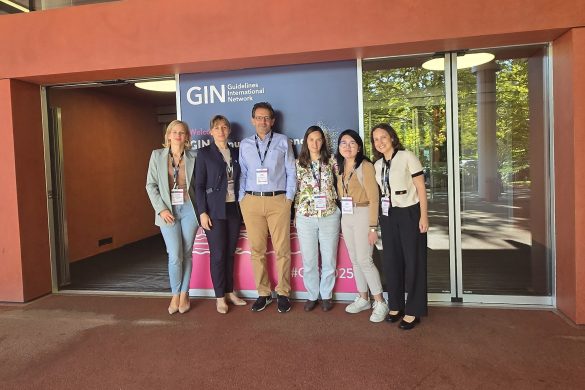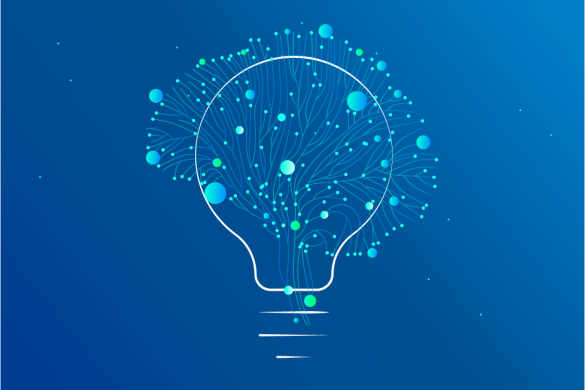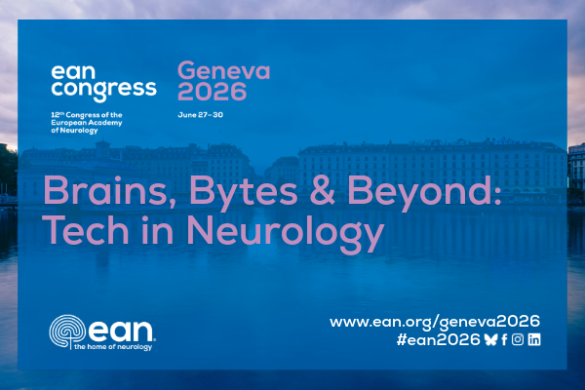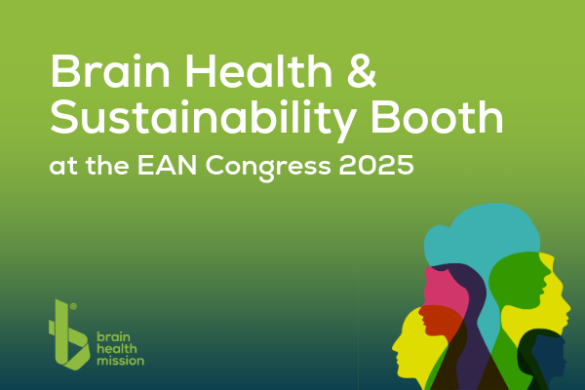Is ambulatory (at home) polysomnography valid and reliable on a scientific basis?
Yes, EU based sleep experts agree that ambulatory polysomnography is a valid and reliable tool for the diagnosis of common sleep-related disorders such as sleep apnoea and periodic limb movements during sleep.
Are there special or specific indications for ambulatory versus sleep lab polysomnography?
Elderly people either living at home or in nursery homes and children may be the target population for ambulatory monitoring, as they may prefer to stay home in a familiar environment. High priority has to be given to a standardized environment during the recording (lights off, lights on, noise, etc)
Could it eventually replace the classical (in hospital sleep lab) polysomnography?
This depends on the clinical questions asked and, as it cannot replace video full montage polysomnography, it may not easily be used in differenting hypersomnolence or parasomnia disorders.
Is the price of ambulatory polysomnography supported by the Health Services in our neighbour countries (France, Germany, Belgium and others)?
Prices and reimbursement rates (private vs. social insurance patients) differ significantly between various countries in the EU and thus lead to differences regarding its use in clinical routine (from zero usage to approximately 80% of all polysomnography performed). In the future, a concerted effort by sleep specialists is needed to help harmonize these financial issues.
What is the future outlook on ambulatory and contactless techniques in sleep medicine?
Recent publications by EU based sleep experts (Seidel et al., Veauthier et al.) show promising results regarding contactless techniques and their reliability in the detection of sleep-related phenomena. Given the current global Covid-19 crisis which necessitates “social distancing” as one of its core management measures, we believe that joint efforts should focus on refining and establishing these techniques in the field of sleep medicine.
By Stefan Seidel and Eugen Trinka
EAN Scientific Panel Sleep-wake disorders
References
- Seidel S, Garn H, Gall M et al. Contactless detection of periodic leg movements during sleep: A 3D video pilot study. J Sleep Res. 2020 4:e12986. doi: 10.1111/jsr.12986.
- Veauthier C, Ryczewski J, Mansow-Model S et al. Contactless recording of sleep apnea and periodic leg movements by nocturnal 3-D-video and subsequent visual perceptive computing. Sci Rep. 2019 14;9:16812. doi: 10.1038/s41598-019-53050-3.










